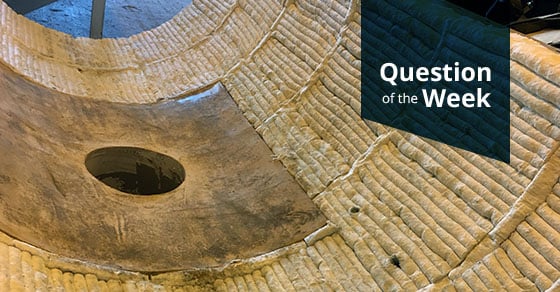Rotary kilns use high temperatures to cause a chemical reaction or physical change in a material. In most cases, these high temps would destroy an unprotected carbon steel shell, and for that reason, refractory is used.
Direct-fired rotary kilns employ refractory; indirect-fired kilns do not. In indirect rotary kilns, heat transfer occurs primarily through the kiln shell wall. Instead of using refractory, indirect kilns typically utilize a more heat resistant shell.
Refractory works to insulate and protect the shell of a direct rotary kiln from the high internal temperatures, while also maintaining heat retention. A quality refractory is incredibly important, and while many types of refractory are available, brick and castable are the two common options.
Kiln temperature, material chemistry, and material abrasion should be considered when selecting the refractory best for your process. So too, should cost. While castable and brick are similarly priced, the installation cost for brick is often higher because it is a more labor intensive process.
When it comes to rotary kiln refractory, rely on FEECO’s decades of experience in selecting the best option for your material and process needs. Contact our kiln sales engineers today for more information.


